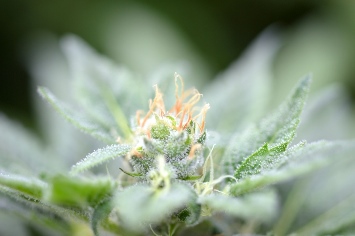There are many examples of the use of medicinal cannabis throughout history from Biblical times and ancient Egypt, through to the reign of Queen Victoria. Until the 1930's, the plant itself and medicines which contained extracts of it, were an integral part of the global pharmacopoeia. Laboratory research and clinical studies conducted in Israel since the 1964, has significantly promoted worldwide awareness and understanding of the therapeutic possibilities of the cannabis plant.

The main active compounds in the cannabis plant are called cannabinoids. In addition to studying the plant, the human body’s response to cannabis has also been of interest to scientists and they’ve discovered that the active ingredients found in cannabis play important and unique roles in human health. The plant substances that stimulate cannabinoid receptors and that can be found in cannabis plants are called Phytocannabinoids. The most famous cannabinoid is THC or Delta-9-tetrahydrocannabinol which is also the most psychoactive. Other cannabinoids such as cannabidiol (CBD) and cannabinol (CBN) are also being studied so that researchers can unlock the secrets of their healing properties.
“The endocannabinoid system has been studied using genetic and pharmacological methods. These studies have revealed that cannabinoids act as neuromodulators for a variety of physiological processes, including motor learning, synaptic plasticity, appetite, and pain sensation." ibid
Cannabinoid receptors are believed to be more numerous than any other receptor system and have been discovered throughout the body. The stimulation of cannabinoid receptors causes a variety of physiologic processes. Researchers have identified two cannabinoid receptors. The first receptor discovered – CB1 – is found mainly in the brain but in recent years has also been found in peripheral tissue.
The second receptor identified - CB2 – manifests almost exclusively in cells and organs connected with the immune system and cardiovascular system, its highest concentration being found in the spleen. It is responsible for the anti-inflammatory properties of Cannabis. Many parts of the body contain both CB1 and CB2 receptors and there may be others waiting to be discovered.
Research has shown that cannabis has a significant role in the human body in many different areas including: memory, appetite, pain sensation, stress response, energy balance and metabolism, anxiety, immune functions, thermoregulation, sleep and other systems.
The endocannabinoid system is responsible for complex interactions in the immune system, nervous system, and all of the body’s organs and can be understood as a bridge between the mind and body.









































